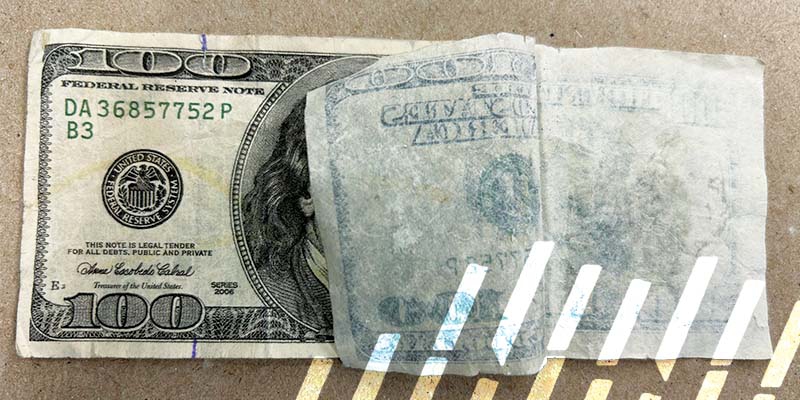Discover usings Funny Money in Artistic Creations and Theatrical Performances
Funny money, commonly identified with deception and outrage, holds a peculiar appeal when it finds its method right into the realm of staged efficiencies and artistic creations. Its history is stuffed with complicated stories that have motivated artists to integrate these replicas right into their jobs. From the visual arts to the remarkable stage, copyright money has been used in appealing manner ins which challenge understandings and provoke thought. As we look into the complex uses of fake cash in these innovative domain names, we start to reveal a world where credibility and replica blur, motivating us to examine the very nature of value and representation within art and efficiency.

Historic Value of Funny Money in Art
The historical significance of funny money in art is a facility and interesting topic that drops light on the crossway of creativity, subversion, and socio-political discourse. Throughout history, musicians have utilized funny money as a tool for tough societal standards, questioning the worth of money, and making powerful statements regarding riches and power.
Among the most significant instances of funny money in art go back to the Dada movement of the very early 20th century - copyright money for sale. Musicians such as Marcel Duchamp and Hannah Höch incorporated phony money right into their jobs to slam the capitalist system and explore the concept of worth in a swiftly altering globe
Furthermore, during times of economic instability or political upheaval, copyright has been made use of by artists as a type of protest or rebellion. By developing and distributing copyright, artists have had the ability to disrupt the status, challenge authority, and prompt important conversations about the duty of money in culture.
Impact of Imitation Money on Visual Arts
By including phony cash into their works, musicians provoke discussions on the nature of worth, credibility, and societal assumptions of wide range. The use of fake cash in art likewise elevates ethical considerations pertaining to the boundaries of creative expression and the ramifications of reproducing lawful tender. In general, the impact of copyright currency on aesthetic arts is multifaceted, stimulating essential representations on the intersection of money, art, and societal worths.
Importance and Significance in Theatrical copyright Displays
Utilizing staged imitation displays, artists use symbolic depictions to convey deeper meanings and stimulate provocative interpretations within the world of performance art. Through the consolidation of funny money in theatrical productions, developers can discover styles such as greed, power, corruption, and the impression of wealth. Using copyright on phase can act as a metaphor for social concerns, economic differences, and the fragility of monetary systems.
In staged efficiencies, the symbolic worth of funny money extends beyond its monetary worth. It can symbolize the deceitful nature of appearances, the search of materialistic wishes, and the effects of unethical actions. By utilizing copyright money as a prop, artists can challenge audiences to examine the true meaning of wealth and the ethical limits that individuals may cross in its quest.
Moral Considerations in operation Phony Money for Art

One significant honest factor to consider is the possible lawful effects of making use of funny money in art. Counterfeiting currency is prohibited in click over here the majority of nations and can bring about significant repercussions for musicians who purposefully incorporate fake expenses into their work. copyright money for sale. This not just places the artist in jeopardy but also increases concerns concerning promoting unlawful activities with art
In addition, there is an ethical predicament pertaining to the authenticity of the artwork itself. Using copyright obscures the line in between fact and imitation, potentially tricking audiences and endangering the integrity of the imaginative piece. Musicians must take into consideration whether making use of funny money lines up with their values and artistic objectives, weighing the possible influence on their online reputation and reputation.
Future Fads in Funny Money Combination
Thinking about the advancing landscape of imaginative expression, the incorporation of funny money in creative jobs may witness a change in the direction of provocative and cutting-edge methods. As artists remain to push borders and check out brand-new mediums, funny money could significantly be made use of to challenge societal standards, examine the worth of currency, or make effective declarations concerning wealth and consumerism.
One future pattern in copyright cash combination might be its use in immersive art setups where target markets are motivated to connect with the items, obscuring the lines in between truth and impression. Furthermore, developments in technology may cause the production of hyper-realistic funny money that is practically indistinguishable from real money, opening up possibilities for also more elaborate and thorough art work.
Additionally, cooperations in between counterfeiters and artists might cause distinct items that incorporate traditional creative methods with the workmanship of creating phony cash. Moral factors to consider surrounding the legality and morality of utilizing phony cash in art will certainly proceed to recommended you read be a point of contention as these future patterns unfold.
Verdict
In final thought, the uses of imitation cash in artistic creations and staged efficiencies have a long background and continue to be a resource of motivation for artists. The assimilation of imitation money in art is likely to proceed progressing in the future.
In general, the impact of phony currency on visual arts is complex, boosting vital representations on the junction of money, art, and social worths.

In final thought, the uses of copyright cash in artistic developments and theatrical performances have a lengthy background and proceed to be a resource of inspiration for artists. Honest factors to consider must be taken into account when making use of phony money for innovative objectives. The integration of copyright money in art is most likely to proceed evolving in visit this web-site the future.